
Sally Beamish
You may be unfamiliar with the following six additional composers who wrote cello concertos. I think they ought to be in the repertoire and heard widely.
Sally Beamish was born in London in 1956. She studied at the Royal Northern College of Music and became a fine violist. One night her priceless 1747 Gabrielli viola was stolen from her home while she slept. Instead of allowing the traumatic incident of “losing her voice” to hamper her, Sally dedicated the rest of her life to composing. Her works include chamber, vocal, choral, and orchestral music. She wrote several pieces for her friend cellist, Robert Cohen. The Song Gatherer Cello Concerto No. 2 was commissioned by the Minnesota Orchestra and the Halle Orchestra, first performed November of 2009, with Robert Cohen as the cello soloist. The themes of the piece represent the wandering and migration of humanity. It begins with a Yiddish lullaby and an extended fugue. The composer then weaves in folk songs, and high energy dances. The Minneapolis Star wrote of the premiere, “Turning 50 this year, Cohen (a friend of Beamish since childhood) wanted a piece that would speak to his journey, not least his Jewish family’s flight from Poland to South Africa and ultimately to England. Beamish has given him more than he could have hoped: a major work, probing and allusive, woven from fragments of half-remembered song, tinged with the calls of migratory birds.”
Sally Beamish: Cello Concerto, “River” – IV. All Night a Music/Like a Needle Sewing
Her Cello Concerto River is more contemporary. Beamish employs high woodwind lines to accompany the cello throughout. The last movement opens with a rhythmic line accompanied by the percussion and a compelling cadenza follows. There are both some lyricism and strident brass, and the concerto ends abruptly—like a musical question mark. If this is not your cup of tea, her Suite for Cello and Orchestra after Debussy, is quite lovely, beautifully played by Steven Isserlis, and it is an audience pleaser.
Sally Beamish: Suite for cello and Orchestra after Debussy (Steven Isserlis)
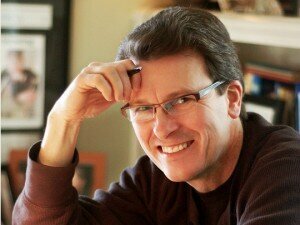
Stephen Paulus
Stephen Paulus: Cello Concerto 2009 (Lynn Harrell)
Award-winning composer Osvaldo Golijov’s ‘Azul‘ for cello, obbligato group and orchestra, is intended, as the composer indicates as a ‘Cosmic conversation’—the pleas of the cello reaching outward beyond our sphere.
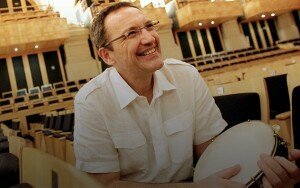
Osvaldo Golijov
Osvaldo Golijov: Azul
Golijov: Azul (Yo-Yo Ma and The Knights)
Cellists need not fear some of the more contemporary genres. Krzysztof Penderecki loved the cello and wrote a very beautiful Largo for Cello and Orchestra, in three slow movements, for Mstislav Rostropovich who was extremely ill when he performed it in 2005. Indeed, it was his last performance.
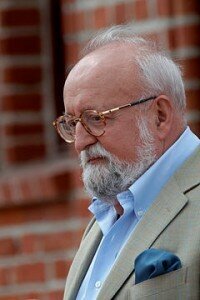
Krzysztof Penderecki
Penderecki: Largo for cello and orchestra – III. Adagio (Arto Noras)

Frank Martin
century. Swiss composer, Frank Martin’s works are relatively unknown although they are quite accessible. His Concerto for Cello and Orchestra from 1965 is a noble, meditative concerto. Interestingly, Martin includes a saxophone accompaniment in the first movement, quite rare in a symphony orchestration. The piece begins with an eloquent solo cadenza, which returns later in the movement. It is dramatic, and persuasive, and the cello soloist can revel in the splendid cello writing. The Adagietto is searing and poetic. It is in the form of a Passacaglia, solemn in structure, usually in three beats with variations over a repeated bass pattern. The spotlight is on the piano as the finale begins. The staccato, incisive line sets the stage for the cello, which enters with a tarantella dance motive, permeated by jazz elements. This piece ought to be on the concert circuit.
Frank Martin: Cello Concerto (Pierre Fournier)
This year—the 100th anniversary of Leonard Bernstein’s birth—it’s appropriate to make mention of Bernstein’s Three Mediations from Mass for cello and orchestra (1977) here performed by Rostropovich himself. Bernstein’s Mass is a work I deeply love, commissioned by Jacqueline Kennedy and composed for the 1971 inauguration of the Kennedy Center. It is rarely done mainly due to the fact that it calls on immense forces to perform—an officiant or narrator, actors, singers, street choir, dancers, a huge orchestra, and a marching band. Like the composer himself, the Mass is irreverent and theatrical. He probes our ideas about spirituality, and searches for answers to unanswerable questions. The cello movements are emotional, deep, and complex, which reflect the universal issues we all ponder about the meaning of life. The Meditation No. 3 introduces Middle Eastern rhythms and melodies, which appear throughout the Mass, and it has a beautifully contemplative middle section. The ending gives me shivers.
Bernstein: Three Meditations from Mass for cello and orchestra (Rostropovich)
There of course are other worthy, thrilling new (and old) works. Let us know of any other cello concertos you would like our readers to know about, which ought to be performed.

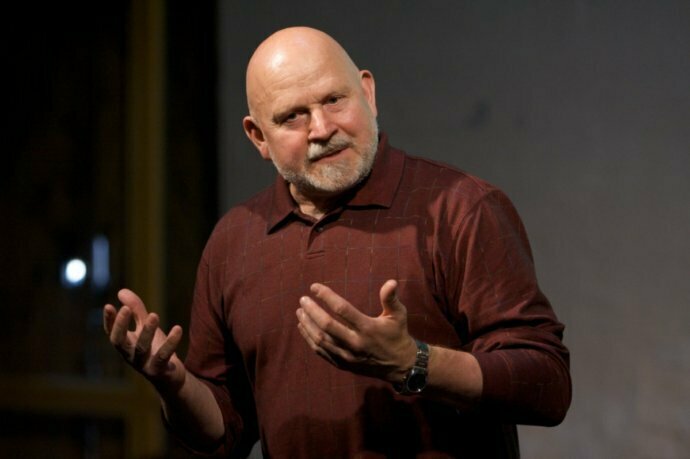
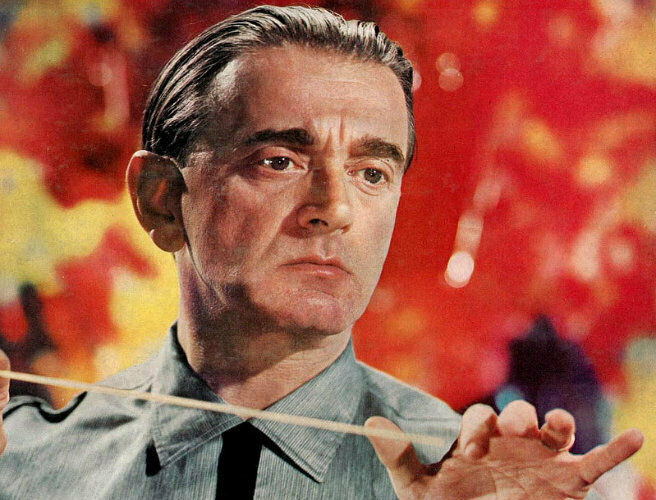
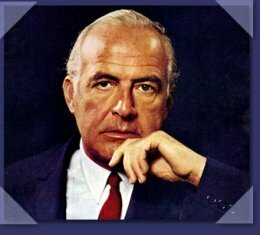
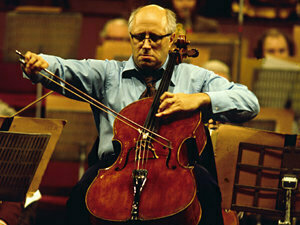




I love your overview of the Cello concerti.
And how wonderful to let us hear and watch them.
A great way to get familiar with this often so emotional
Music . Thank. You.